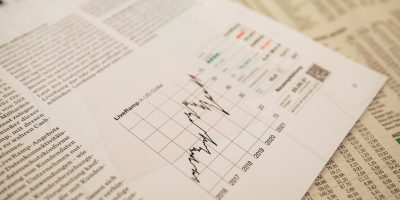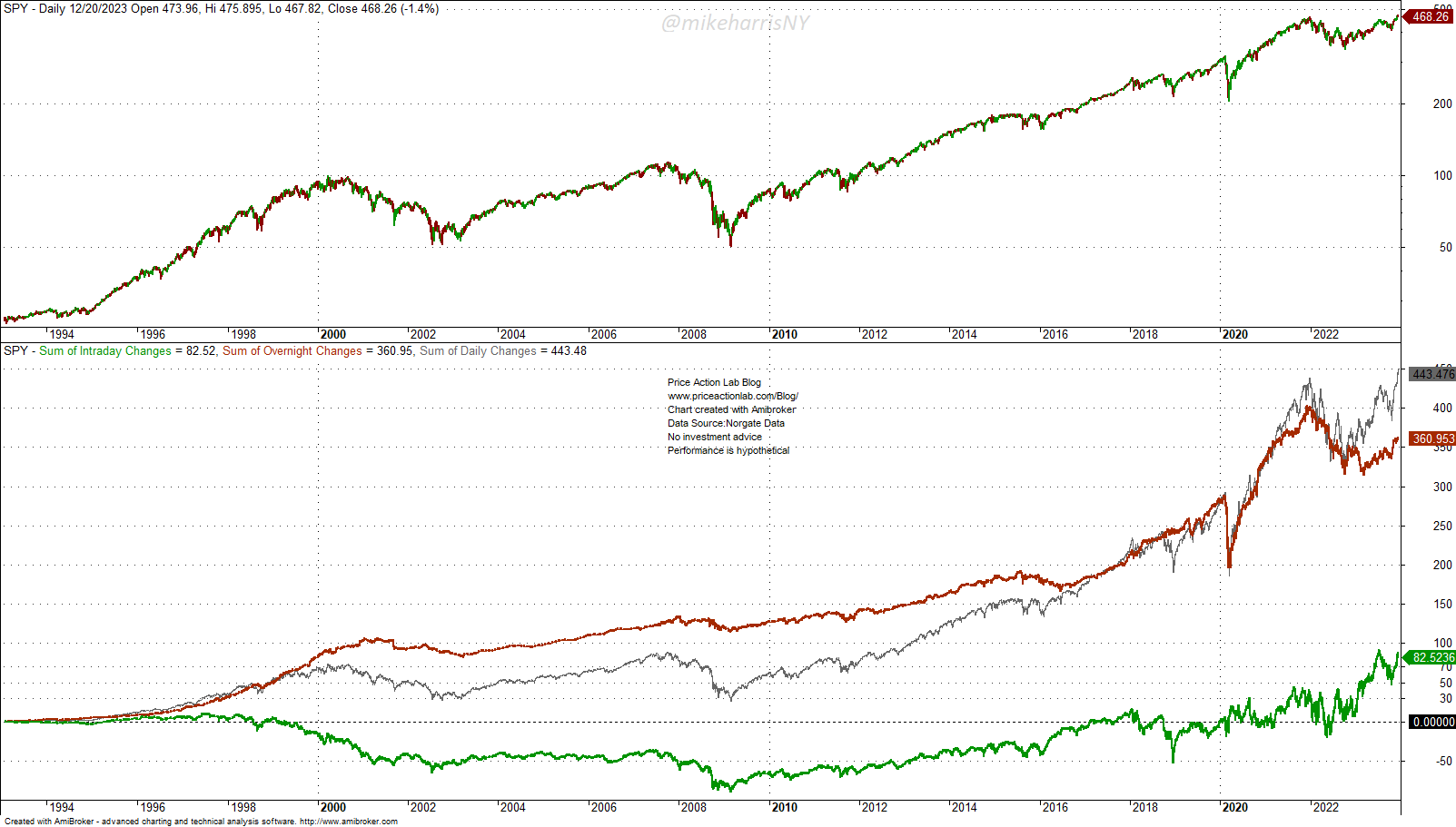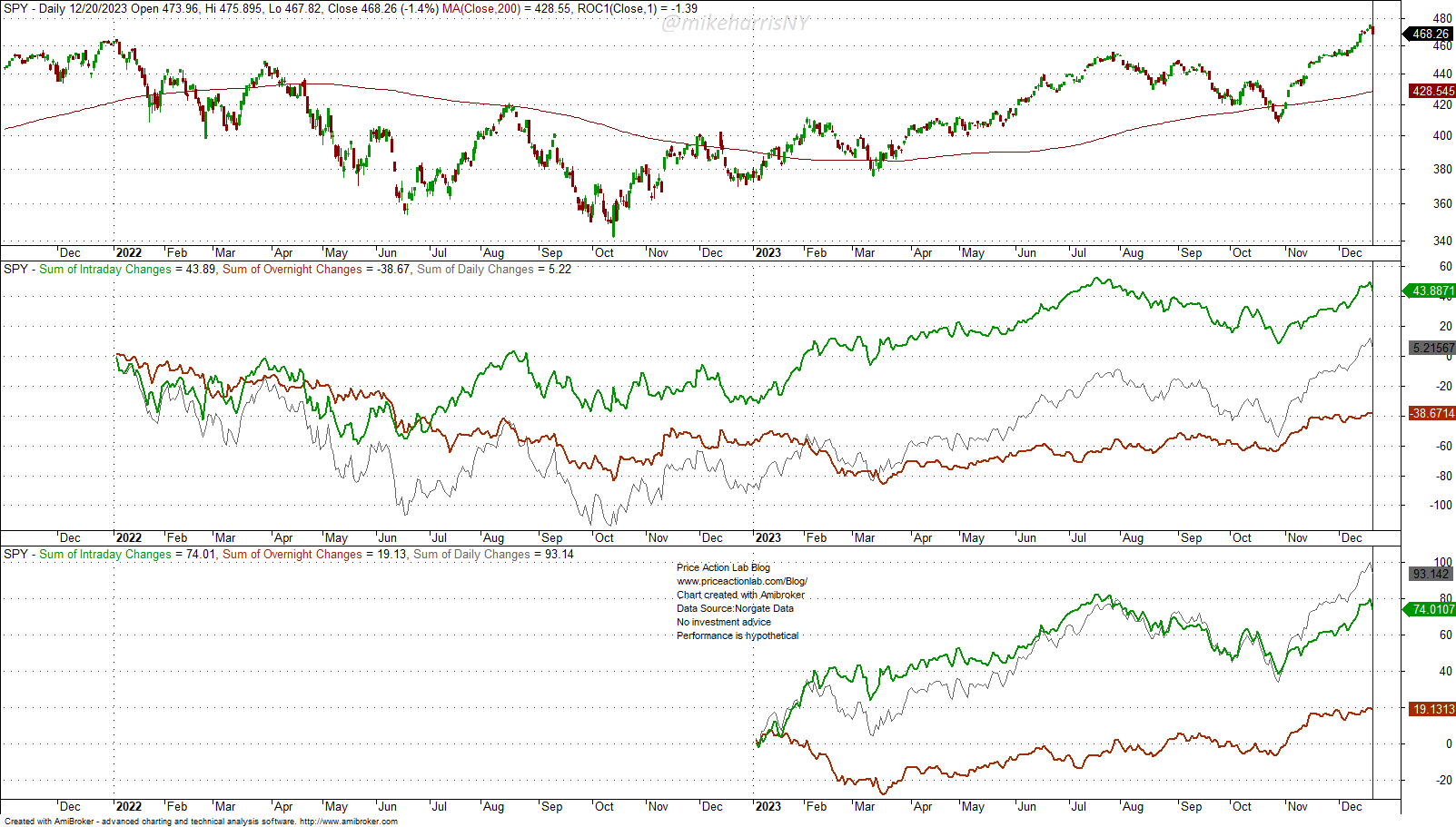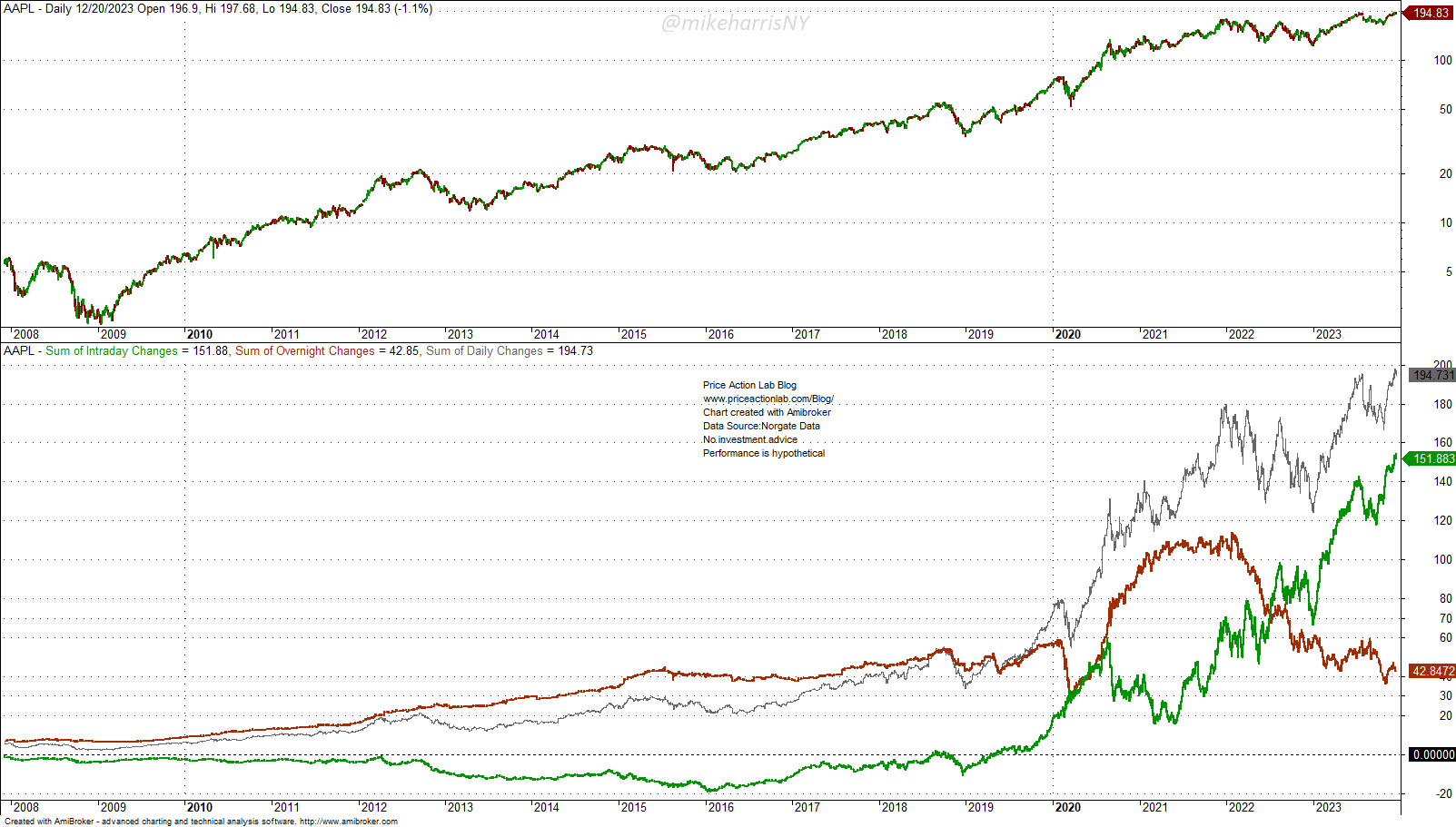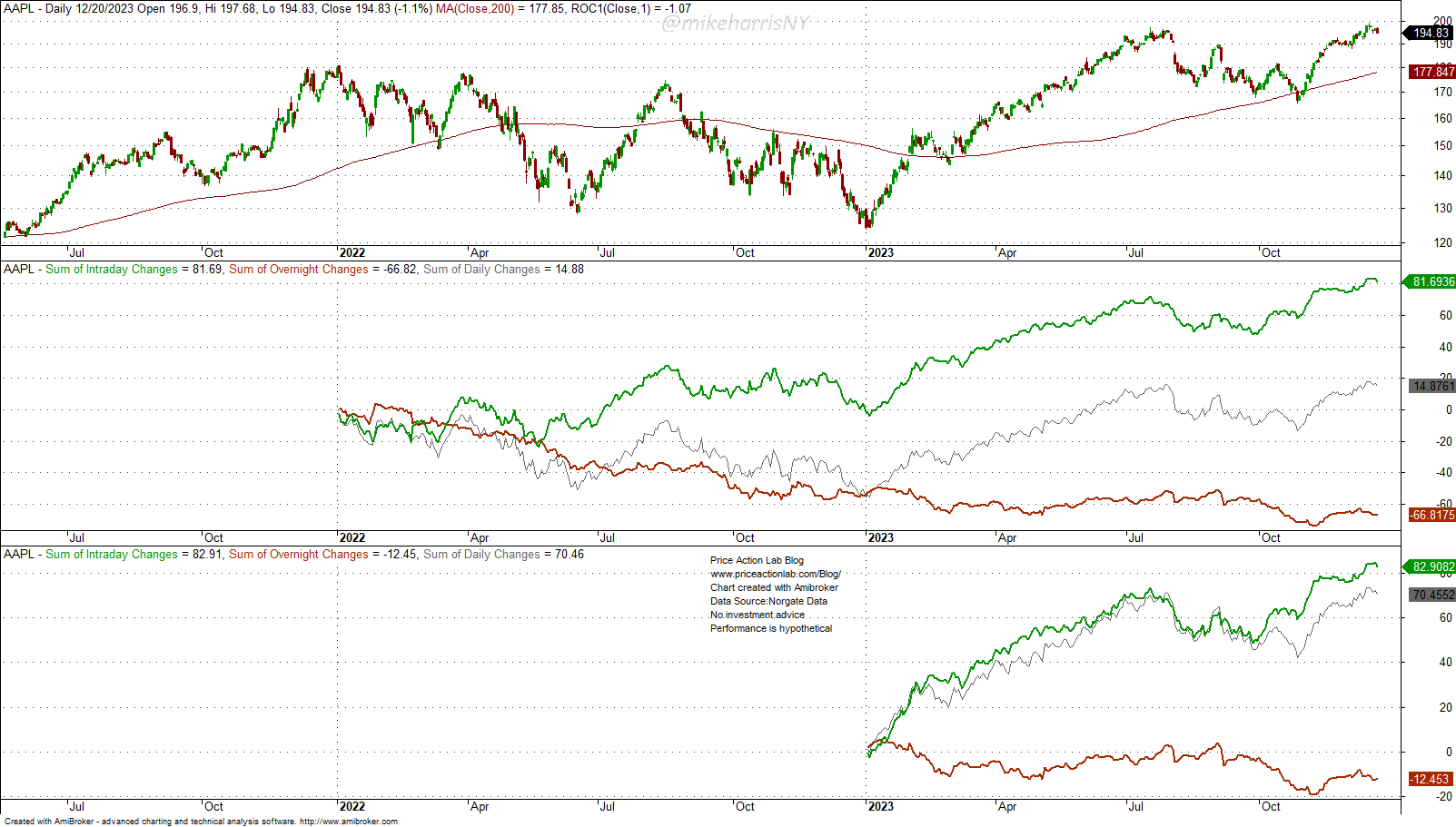Do you remember the overnight effect? Most of us have forgotten all about it. There was a regime change in 2022. Most traders are looking for new anomalies.
The overnight effect in SPY ETF was strong in the 1990s. After a long period of hibernation, it came back strong again after the GFC. During the pandemic, there was a crash in performance, but then the effect rebounded, only to face a regime change in 2022. These dynamics are demonstrated in the chart below.
The regime change after 2022 was remarkable. Let us take a closer look.
Since 2022, regular trading hours (RTH) show a gain of $43.89, while overnight trading (ON) has a loss of $38.67. Year-to-date, RTH has a gain of $74, while ON’s gain is only $19.13.
What happened? It is called a regime change. When some of us were pointing to this effect many years ago (there are numerous articles in this blog), no one seemed interesting. Then, after a few academic papers, many became interested in it and an ETF was even launched to exploit the anomaly. However, in my opinion, a rising intraday options trading volume has contributed the most to the regime change.
Data-driven quants usually do not care about causes; we just look at the price action, the retunes, the distributions, and the dynamics. For the most part, we attempt to make short-term forecasts that offer high statistical significance. As far as this goes, the overnight effect is past history, at least for now.
However, some traders still struggle to find individual stocks where the overnight effect is strong. This is data mining and suffers from abrupt and erratic regime changes. Below is an example for AAPL.
The ON effect in AAPL was solid until mid-2015. Then it started flattening out and after a crash during the 2020 pandemic, there were significant gains. The 2022 regime change brought about a collapse.
Since 2022, regular trading hours (RTH) show a gain of $81.7, while overnight trading (ON) has a loss of $66.8. Year-to-date, RTH has a gain of $82.9, while ON’s loss is $12.5.
Market anomalies are becoming scarce
There are many examples of stocks; AAPL is one, with a significant reversal of the overnight effect after 2022. Trying to find stocks where the reversal has not occurred yet is probably looking for trouble. The overnight effect is not what it used to be in the 1990s or 2010s. The markets have changed. More importantly, anomalies disappear faster nowadays after publication, especially in academic papers. If you want to stay ahead in this game, find an anomaly no one is talking about and use it until it turns unprofitable. One anomaly is not enough; successful trading requires using several and also discovering new ones to replace the dying ones. This is the most challenging part because, as markets become more efficient, the number of anomalies that can be exploited for profit diminishes.
Disclaimer: No part of the analysis in this blog constitutes a trade recommendation. The past performance of any trading system or methodology is not necessarily indicative of future results. Read the full disclaimer here.
Charting and backtesting program: Amibroker. Data provider: Norgate Data
If you found this article interesting, you may follow this blog via RSS, Email, or Twitter.

